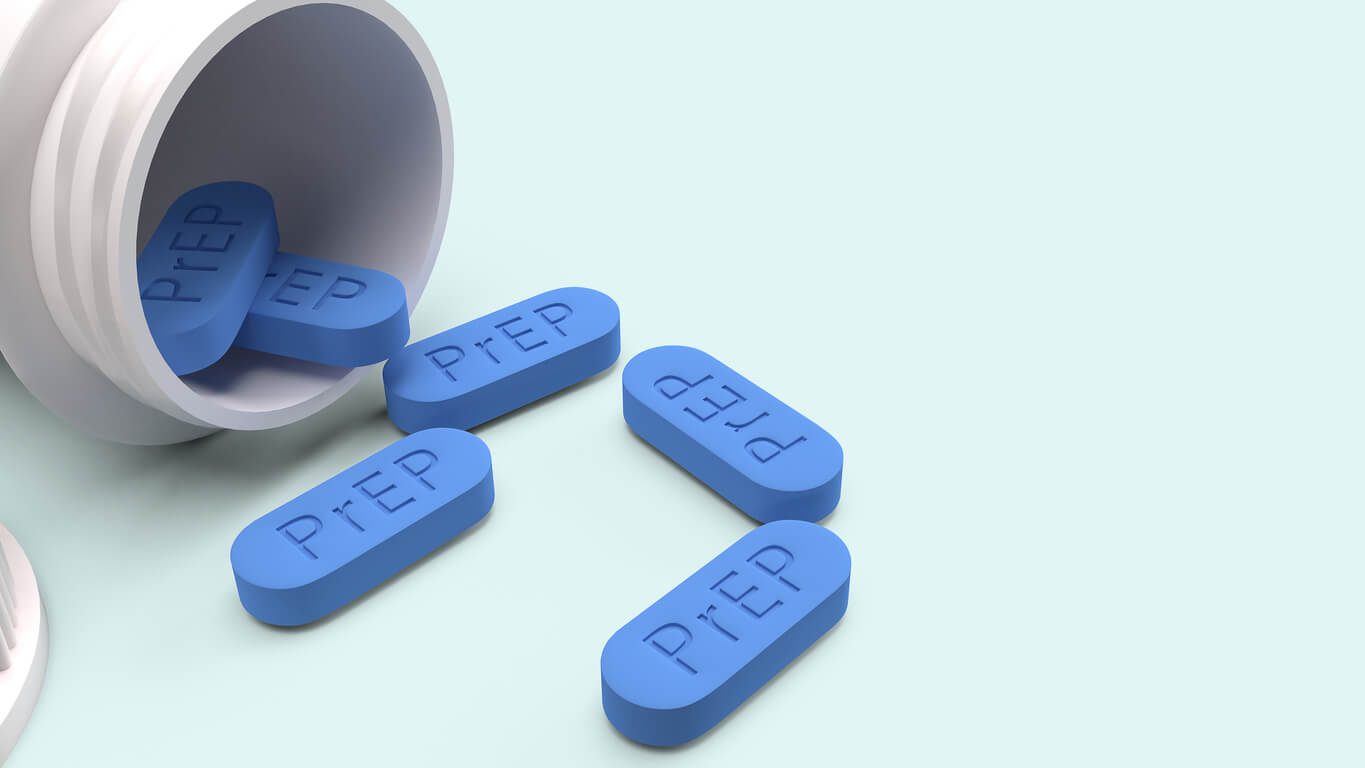Saxenda for Weight Loss: What You Need to Know
A comprehensive guide to Saxenda (liraglutide) for weight loss
Saxenda (liraglutide) is among the growing list of diabetes medications being used for weight loss. In fact, it is one of the longest-tenured drugs in that group. It was FDA-approved for obesity in 2014. Still, with all the new weight loss medications appearing, it can be tricky to determine how these drugs stack up.
This article will explain some basic facts about Saxenda, detail its possible side effects, and explain who it may be right for.
What is Saxenda?
Saxenda is a prescription medication approved by the U.S. Food and Drug Administration in 2014 for the treatment of obesity in adults. In 2020, it was approved for treating obesity in adolescents between 12 and 17. Saxenda is now primarily used as a weight management aid instead of as a diabetes drug.
Saxenda contains the active ingredient liraglutide. Liraglutide is classified as a glucagon-like peptide-1 (GLP-1) receptor agonist. It is in the same class as semaglutide, the active ingredient in Ozempic and Wegovy. Saxenda is made by Novo Nordisk. Novo Nordisk is the same company that manufactures Ozempic and Wegovy.
GLP-1 receptor agonists act like a hormone called GLP-1 that's made in our guts after we eat. This hormone tells our pancreas to release insulin, which helps lower blood sugar. It also stops another hormone called glucagon from making our liver release too much sugar into our blood. GLP-1 also slows down how fast our stomach empties, which helps control how quickly food gets into our bloodstream. This means our blood sugar doesn't spike too quickly after meals. It can also make us feel fuller for longer, which might help us eat less and manage our weight better.
How does Saxenda cause weight loss?
Saxenda is FDA-approved to help with chronic weight management in adults and children over the age of 12. It works by regulating blood sugar levels, which can reduce cravings for high-calorie foods and prevent overeating. Here’s how.
Blood Sugar Management
Liraglutide, the active ingredient in Saxenda, stimulates insulin release from the pancreas. Insulin transports glucose (sugar) from the bloodstream into cells for energy and regulates blood sugar levels. When blood sugar levels are stabilized, you are less likely to experience rapid spikes and crashes in energy, which can lead to cravings for high-calorie foods.
Liraglutide also suppresses glucagon, which raises blood sugar levels by promoting the release of glucose from the liver. By reducing glucagon secretion, GLP-1 helps maintain steady blood sugar levels. Regulated blood sugar helps prevent hunger caused by low blood sugar.
Appetite Reduction
GLP-1 does more than just lower blood sugar levels. It also may help you consume fewer calories.
GLP-1 has receptors in various parts of the brain, including the hypothalamus. The hypothalmus helps regulate hunger and fullness. When GLP-1 binds to these receptors, it sends signals to your brain to decrease your appetite and food cravings.
GLP-1 also slows down the rate at which your stomach empties its contents into the small intestine. This delay in gastric emptying means that food remains in your stomach for a longer period of time. As a result, you feel full for a more extended period after eating, reducing the urge to consume additional calories.
Saxenda is prescribed along with lifestyle changes, including a reduced-calorie diet and increased physical activity. It is not used as a standalone treatment for obesity.
Has Saxenda been tested for weight loss?
As of December 2020, Saxenda is FDA-approved for use as a chronic weight management aid in adults and children over 12 years of age. The FDA approved Saxenda based on three clinical trials. These involved over 5,000 people who were either overweight or obese. They took Saxenda or a placebo for 56 weeks and were prescribed a healthy diet and exercise. The main goal was to see if Saxenda helped people lose weight.
In the first study, 3,731 obese patients were tested. The second study looked at 635 patients with type 2 diabetes who were also overweight or obese. The third study involved 422 obese patients.
The results showed that those who took Saxenda lost more weight than those who took a placebo after 56 weeks. They also achieved at least a 5% or 10% weight loss, which was significant.
Is Saxenda safe?
Saxenda is safe and effective for most adults and children. However, it has been shown to cause side effects in some patients.
The most common side effects of Saxenda include:
- Headache
- Injection site reactions
- Constipation
- Stomach pain
- Heartburn
- Fatigue
- Runny nose, sneezing or coughing
Less common but more serious side effects may include:
- Pancreatitis
- Increased heart rate
- An increased risk of gallbladder disease
- Low blood sugar (hypoglycemia)
- Kidney problems
- Increased risk of thyroid cancer or tumors
- Suicidal thoughts
- Allergic reactions like skin rash, swelling, breathing difficulties
Saxenda may not be safe for certain individuals with previously diagnosed medical conditions.
Healthcare providers may avoid prescribing Saxenda for people with:
- A history of pancreatitis
- Gallbladder problems
- Heart problems
- Kidney or liver disease
- Thyroid disorders (like medullary thyroid carcinoma—or MTC)
- Multiple Endocrine Neoplasia syndrome type 2 (MEN 2)
- Diabetic ketoacidosis
- Digestion problems
- High cholesterol or triglyceride levels
Saxenda may not be prescribed to pregnant women, women who are trying to conceive, or women who are breastfeeding.
Before starting treatment with any prescription medication, you should tell your doctor about any medical conditions you have, any prescription drugs or supplements you are taking, and any allergies you may have. This information will help reduce the risk of any drug interactions or adverse reactions.
Who should take Saxenda for weight loss?
Unlike other GLP-1 drugs, Saxenda is FDA-approved to help with weight loss. It can be prescribed to adults or children over the age of 12.
Saxenda is specifically indicated for use in adults with obesity (with a body mass index— BMI—of 30 kg/m2 or greater) or overweight adults (a BMI of 27 kg/m2 or greater) who also have weight-related health conditions such as hypertension (high blood pressure), high cholesterol, or obstructive sleep apnea.
Saxenda is approved for use in children over 12 with a body weight over 132 lbs or an initial BMI corresponding to 30 kg/m2 in adults.
How do you take Saxenda?
Saxenda is supplied as a once-daily subcutaneous injection. The injection is applied using a pre-filled injection pen.
Typically, the starting dose of Saxenda is 0.6 mg once daily. Your healthcare provider may gradually increase the dose based on your response. The maximum recommended maintenance dose is 3 mg once daily.
Saxenda should be injected into the thigh, abdomen, or upper arm. The injection site should be rotated to prevent irritation.
Store Saxenda as directed by healthcare professionals. Proper storage is essential to maintain the medication's effectiveness. Typically, Saxenda should be stored in the refrigerator between 36°F to 46°F (2°C to 8°C). The pen-in-use should be stored at room temperature below 86°F (30°C) for up to 30 days. Do not freeze, and protect it from light.
Are there alternatives to Saxenda?
Yes, Saxenda is also available in generic form. Generic Saxenda is available at the same dose as Saxenda, but is around $200 less per month. Wegovy is another GLP-1 weight loss drug made by the same company and indicated for weight management.
Liraglutideis also prescribed under the brand name Victoza. While Victoza may cause similar weight loss effects as Saxenda, it is not FDA-approved to treat obesity. Victoza is specifically indicated for use in treating type 2 diabetes.
The decision to prescribe Saxenda or Wegovy is at the discretion of your healthcare provider. These drugs cost about the same and often cause similar side effects.
Talk to your healthcare provider about the best weight management solution for you.
How do I get a prescription for Saxenda?
Saxenda is a prescription drug, meaning that you must have a written order from a licensed healthcare provider to get it. It cannot be purchased over the counter.
Weight loss drugs are prescribed to individuals with obesity or individuals who are overweight and managing a weight-related health condition. If you are curious about Saxenda or any other weight loss drug, talk to your healthcare provider about whether or not these treatment options are right for you. You should also discuss the cost, potential side effects, and any concerns you may have.
How Sesame can help
Sesame offers an affordable and comprehensive online weight loss program to help you get started on your weight loss journey. Success by Sesame is a month-to-month subscription that includes a video consultation with a weight loss doctor or specialist of your choice, access to prescriptions for weight loss medication if appropriate, unlimited messaging with your provider, ongoing support, and more.
Maintaining a healthy weight can lead to significant health benefits, including a lower risk of heart disease, improved mobility, better sleep, and enhanced overall well-being. Get started on your weight loss journey today. Note that all prescriptions are at the discretion of your healthcare provider.





